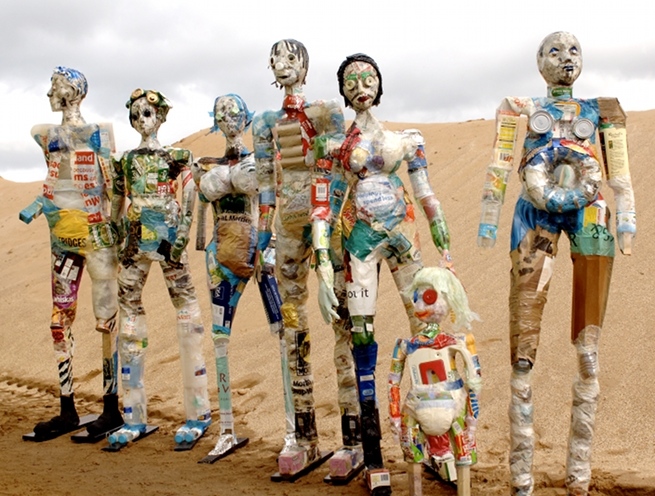
This artist makes sculptures out of other people’s rubbish. We asked her about it
Michelle Reader has been making art out of trash since 1997. We had a hunch there was some economics lurking behind her choice of material, so we gave her a ring to chat about it.
Tell us your story – what inspired you to do this for a living?
Firstly I love making things, creating 3D artworks which tell a story, and this passion developed throughout my years at school and university until I came to the point where I realized that turning found objects into sculptures was what I wanted to do. The reasons for choosing recycled materials were threefold: the massive variety of shapes, colours and textures available; the cheapness and availability of the materials; and the importance of such as waste, habitat destruction and pollution which were something I wanted to focus on.
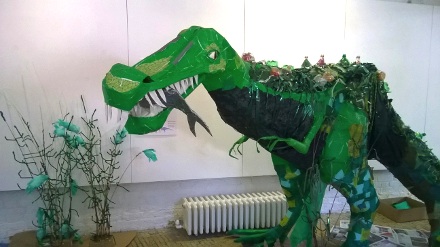
Where do you get the stuff from? Presumably it's a cheaper way to sculpt, seeing as your materials are free?
Sometimes I visit scrapstores, recycling centres or second hand shops, but often the materials will come from the project itself. For instance, the Jaguar I made was for BSkyB, and I visited their recycling warehouse to pick out satellite dishes, remote controls, electrical cables and metalwork. And ‘Bellyful of Plastic’, the sculpture I made for the Port of London Authority’s Cleaner Thames campaign, was made from litter collected from driftwood collectors and on the shore of the river Thames.
Although the materials themselves are cheaper, the process is not as I always have to factor in a lot more time for looking for materials and deconstructing and cleaning them. This is a process that wouldn’t be required when ordering new materials, but is an intrinsic part of the process and the message of the work.
How do friends and family react when you say you use rubbish to make art?
Family and friends are very supportive of my work, always intrigued to hear about my latest project and what materials I’ve been using, and happy to get involved collecting things when, for instance, I need lots of yellow objects to make a giant daffodil or lots of yoghurt bottles to make flowers with a school.
How has your work been received more widely? How does the fact that it's made from waste affect its value?
It is possible to make work more cheaply when using found materials, although there is more labour to factor in for the reasons outlined above. The work is very well received for the most part as clients and audience recognize the ingenuity of the way I select and combine materials.
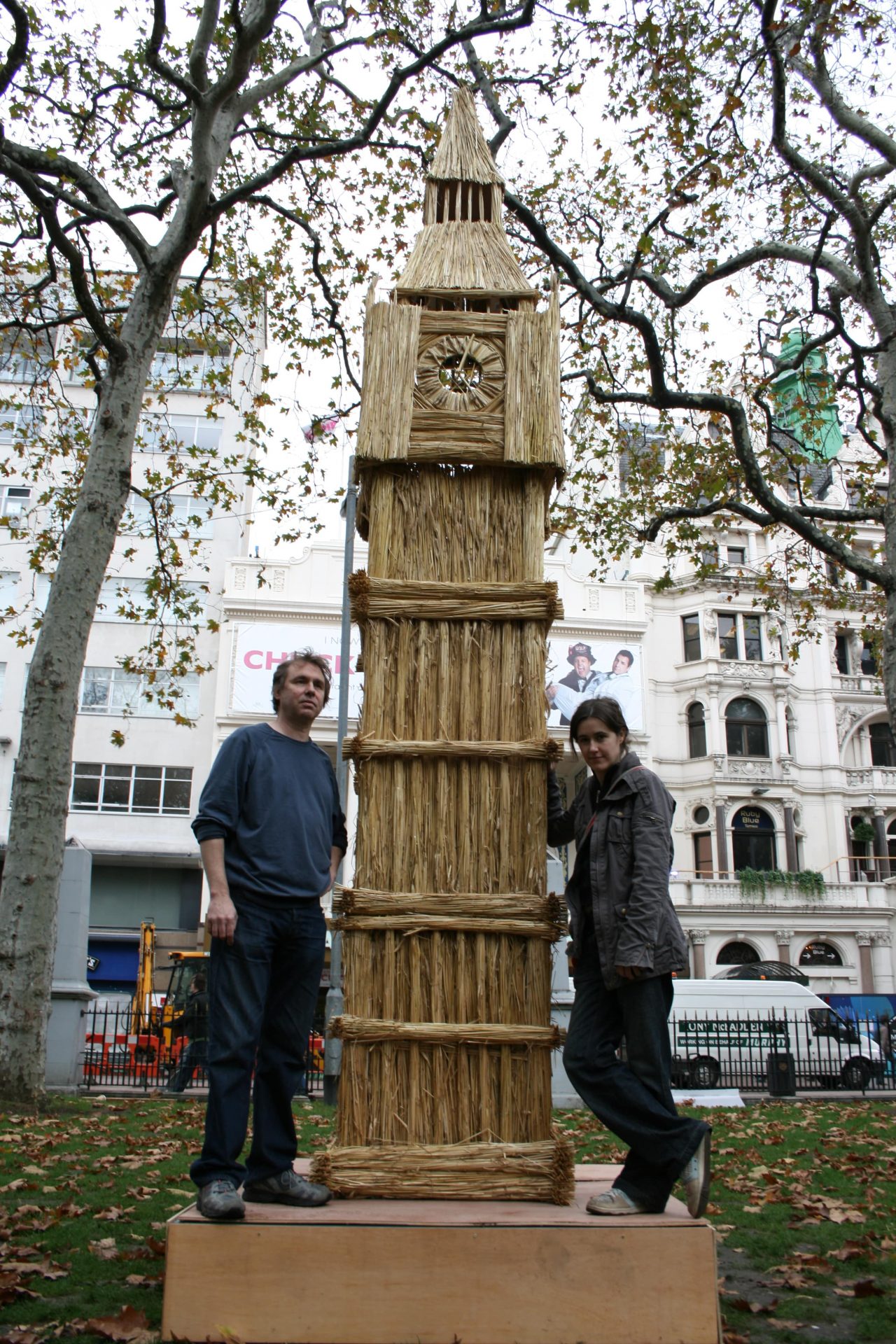
What do you hope your art will achieve for its audiences?
I think my work has a humour and warmth that makes people smile, and I particularly value its appeal to children. I hope the work makes people think twice about what waste is and the value of materials, as well as the impact of on the environment and its wildlife. I aim to do this in a positive and inspirational way and spend a lot of time visiting schools or running workshops in public spaces, helping people to get creative with things they would usually throw away.
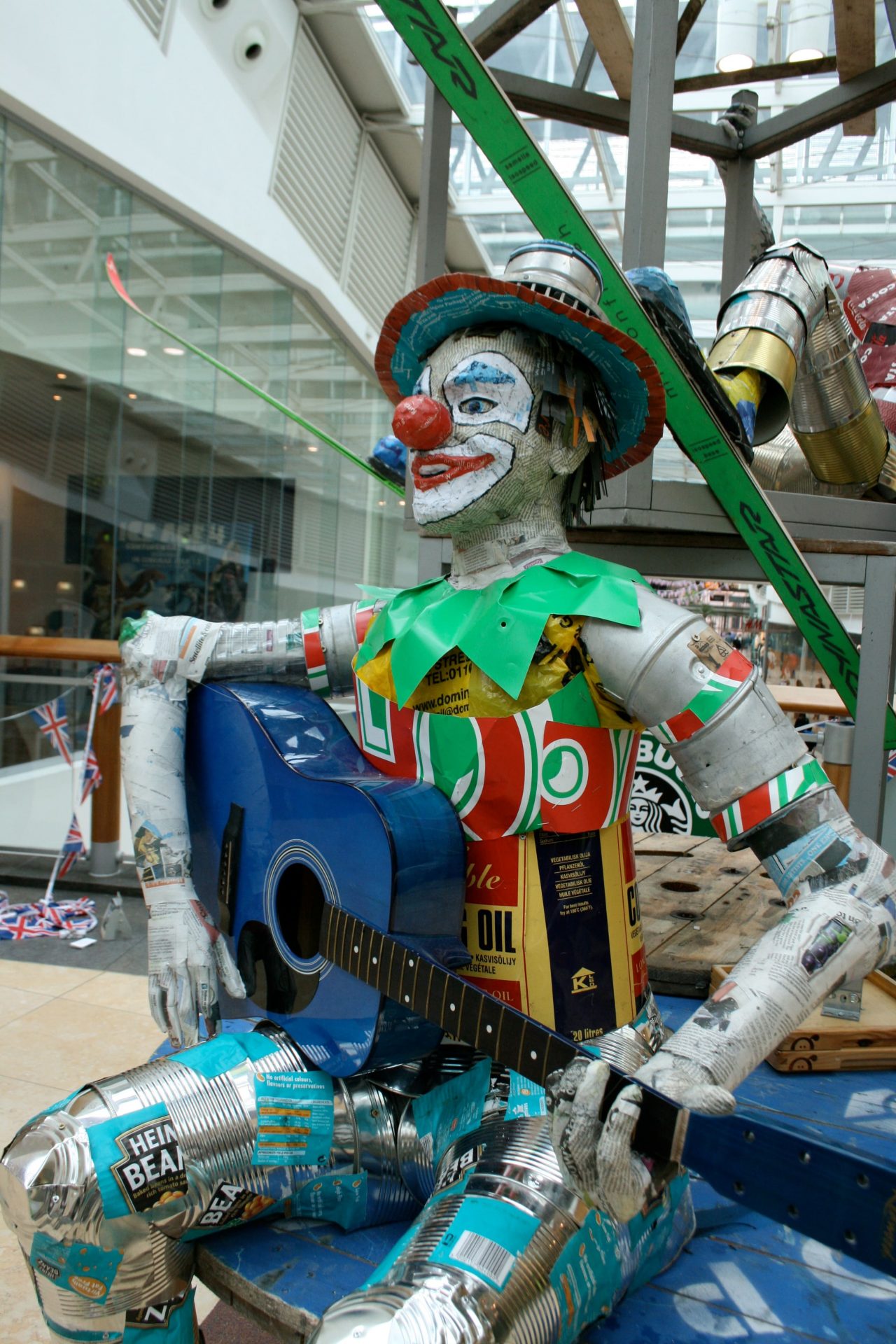
How do you feel about the amount of stuff we use and throw away every day?
I think it’s scary how disposable everything has become in modern society. Despite positive steps such as increasing recycling rates and the plastic bag tax, we still have a long way to go to reduce our waste to a sustainable level.
What's the strangest thing you've recycled in your work and where did you get it?
Some of the strangest things were all the objects that had ended up in the Thames, a curious collection which included a child’s Croc shoe, a plastic strawberry, several tennis balls, a couple of baseball caps and lots of plastic cotton bud sticks [cotton swabs for Americans].
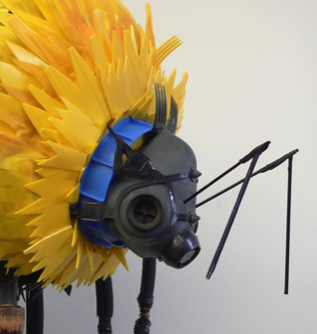
If we used all the rubbish in the world to make art, do you think people would feel less guilty about throwing stuff away knowing it would be turned into a sculpture?
Perhaps, but we still need to think about reducing waste rather than just upcycling it as we need to stop plundering the earth’s resources. We need to be using less and creating closed loop systems where materials can be easily reclaimed and reused. If all the waste we currently produce was turned into sculptures I think we would be outnumbered and quickly run out of space!
Liked this piece? Check out the rest of Economy Explores: Stuff



